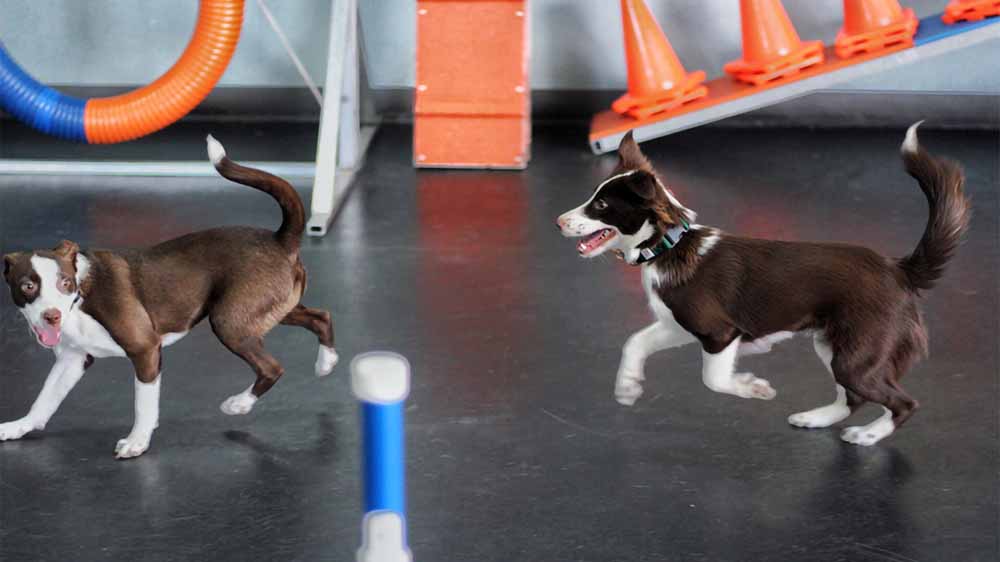Basic dog obedience training is essential for fostering a positive relationship between dogs and their owners. In Austin, Texas, where outdoor activities are abundant, incorporating training into daily routines can enhance both the owner’s and the dog’s experience. This case study outlines the importance of keeping training sessions short and engaging to align with a dog’s attention span and energy levels.
Objective:
To promote effective Basic dog obedience in Austin training by emphasizing short and engaging training sessions that cater to the dog’s attention span and energy levels.
Methodology:
Understanding Dog Behavior:
Researching canine behavior and learning patterns to identify optimal training techniques.
Consulting with professional dog trainers and veterinarians to gather insights into effective training methods.
Field Observations:
Conducting observations in Austin parks and neighborhoods to understand common training practices.
Interacting with dog owners to gather feedback on their training experiences.
Implementation Strategies:
Developing training protocols focused on short and engaging sessions tailored to different breeds and individual dog personalities.
Providing tips and resources to dog owners in Austin through workshops, online platforms, and community events.
Findings:
Attention Span and Energy Levels:
Dogs have varying attention spans and energy levels based on factors such as breed, age, and temperament.
Training sessions that exceed a dog’s attention span can lead to frustration and disengagement.
Short and Engaging Sessions:
Short training sessions, typically lasting 5-10 minutes, are more effective in maintaining a dog’s focus and enthusiasm.
Engaging activities such as interactive games, positive reinforcement, and rewards enhance motivation and learning.
Incorporating Variety:
Incorporating a variety of exercises and commands keeps training sessions stimulating and prevents boredom.
Rotating between indoor and outdoor environments and introducing new challenges promotes mental stimulation.
Challenges and Considerations:
- Time Constraints:
Busy schedules may limit the availability of dog owners for regular training sessions.
Emphasizing the importance of consistency and prioritizing short sessions can help overcome time constraints.
- Distractions in Urban Environments:
Austin’s urban environment may present distractions such as traffic noise, other dogs, and people.
Implementing training techniques that gradually expose dogs to distractions and reinforce focus and obedience is crucial.
Conclusion:
Basic dog obedience in Austin training can be effectively achieved through short and engaging sessions that cater to the dog’s attention span and energy levels. By understanding the unique characteristics of individual dogs and incorporating variety into training routines, dog owners can foster positive behavior and strengthen the bond with their canine companions. Through education and support, Austin can become a community where well-trained and obedient dogs contribute to a harmonious and enjoyable environment for all residents.





